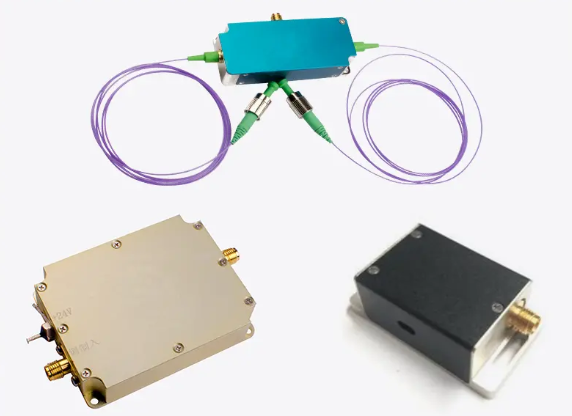Important Factors When Choosing a FAOM

Selecting the most suitable FAOM for your application hinges on several key factors:
l Operational Wavelength Range: The range of light wavelengths (colors) that the FAOM can effectively modulate is crucial. This depends on the materials used in the core fiber and acoustic medium within the FAOM. Carefully define the specific range of wavelengths your application requires to ensure the chosen FAOM operates within that spectrum.
l Driving Requirements: The type of electrical signal needed to generate the acoustic waves for modulation is another essential factor. Consider the frequency and power requirements of the driving signal. These specifications will influence the selection of compatible driving electronics that can effectively interact with the FAOM.
l Temperature Stability: As discussed earlier, temperature sensitivity can impact FAOM performance. Evaluate the operating environment where the FAOM will be used. If significant temperature variations are expected, choose a FAOM with appropriate temperature stability characteristics to maintain optimal performance.
l Bandwidth Requirements: The bandwidth refers to the range of frequencies the FAOM can handle effectively. This will depend on the application's specific needs. For high-speed data transmission, a wider bandwidth FAOM might be necessary, while a narrower bandwidth option might suffice for simpler modulation tasks.
l Cost Considerations: FAOMs can vary in cost depending on their features and performance capabilities. Determine your budget constraints and choose an FAOM that offers the necessary functionalities without exceeding your budget limitations.
By carefully considering these factors and understanding the strengths and weaknesses of FAOMs, you can make an informed decision when selecting the right FAOM for your specific application.
- Art
- Causes
- Crafts
- Dance
- Drinks
- Film
- Fitness
- Food
- Παιχνίδια
- Gardening
- Health
- Κεντρική Σελίδα
- Literature
- Music
- Networking
- άλλο
- Party
- Religion
- Shopping
- Sports
- Theater
- Wellness


